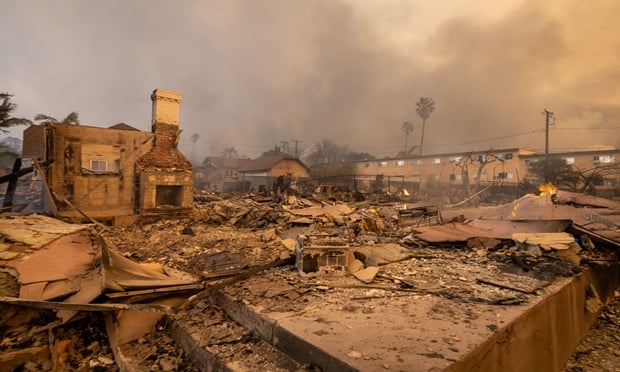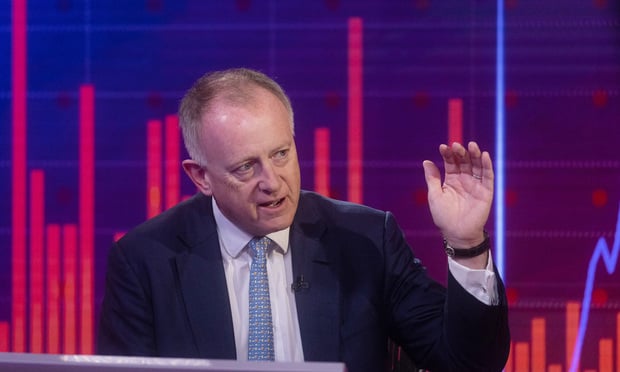NU Online News Service, Jan. 13, 2:47 p.m. EST
NEW YORK—Although property and casualty insurers weathered the global financial crisis better than other types of financial services firms, emotional scars remain—scars that have prompted insurers to hang onto extra capital, an industry expert contended.
V.J. Dowling, managing partner for Dowling & Partners, an institutional investment firm in Hartford, Conn., said the balance sheets of p&c insurers are stronger than ever. “Not a single TARP dollar went to the p&c business,” he said, referring to Troubled Asset Relief Program, which had the U.S government buying assets and equity from financial institutions to strengthen the sector at the height of the crisis in 2008.
Recommended For You
Want to continue reading?
Become a Free PropertyCasualty360 Digital Reader
Your access to unlimited PropertyCasualty360 content isn’t changing.
Once you are an ALM digital member, you’ll receive:
- Breaking insurance news and analysis, on-site and via our newsletters and custom alerts
- Weekly Insurance Speak podcast featuring exclusive interviews with industry leaders
- Educational webcasts, white papers, and ebooks from industry thought leaders
- Critical converage of the employee benefits and financial advisory markets on our other ALM sites, BenefitsPRO and ThinkAdvisor
Already have an account? Sign In Now
© 2025 ALM Global, LLC, All Rights Reserved. Request academic re-use from www.copyright.com. All other uses, submit a request to [email protected]. For more information visit Asset & Logo Licensing.








